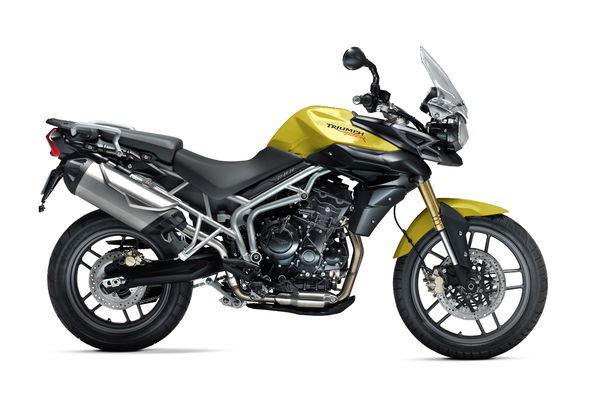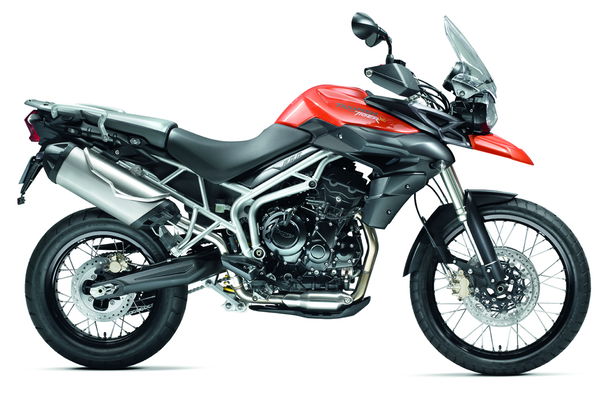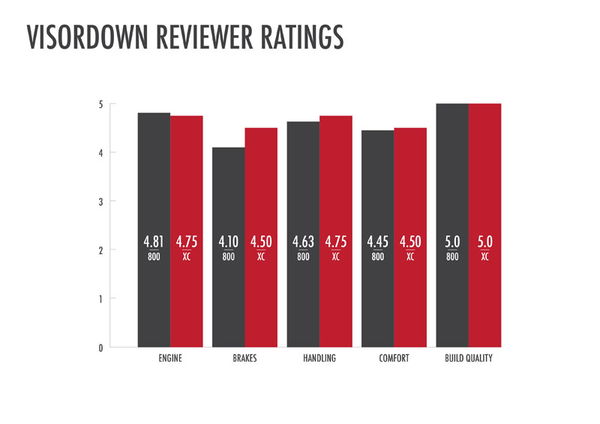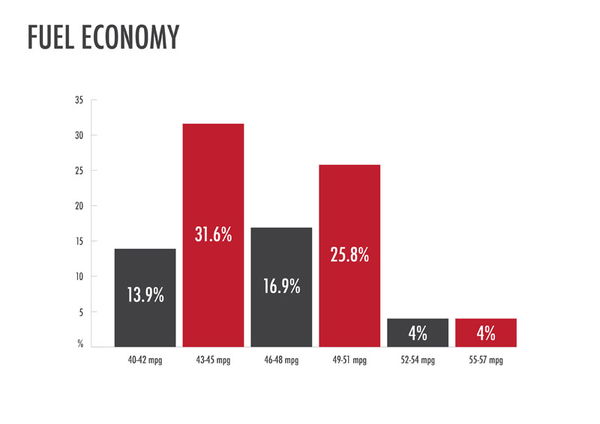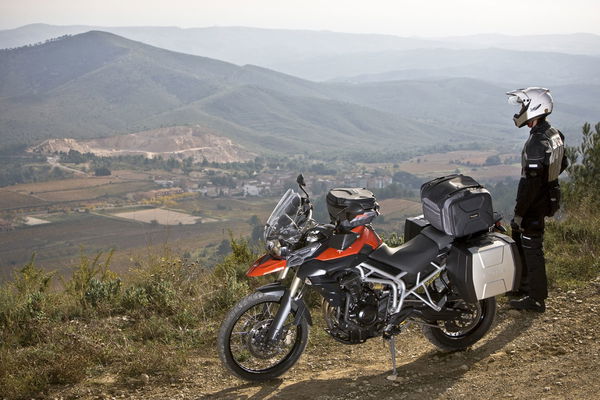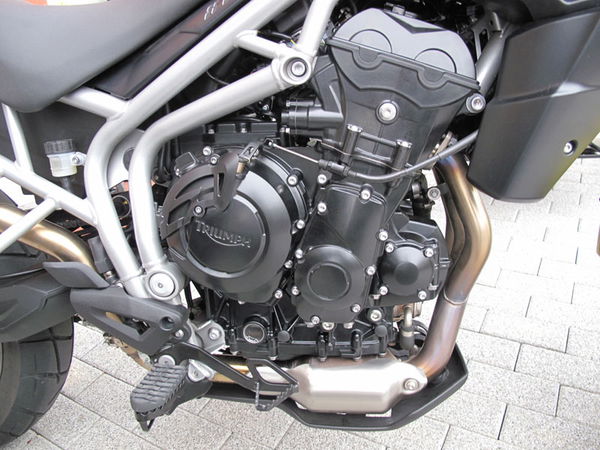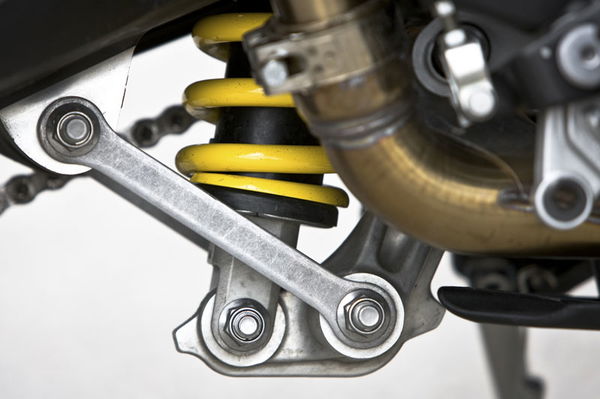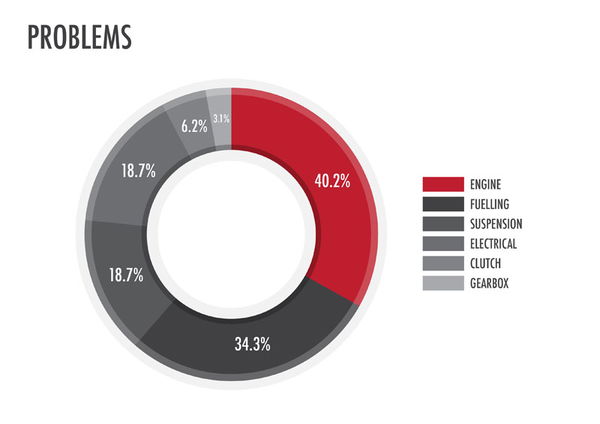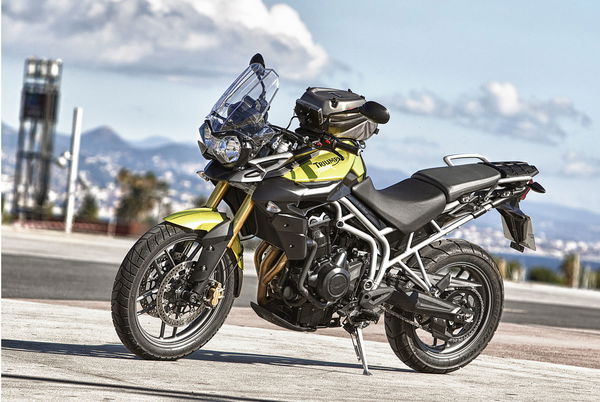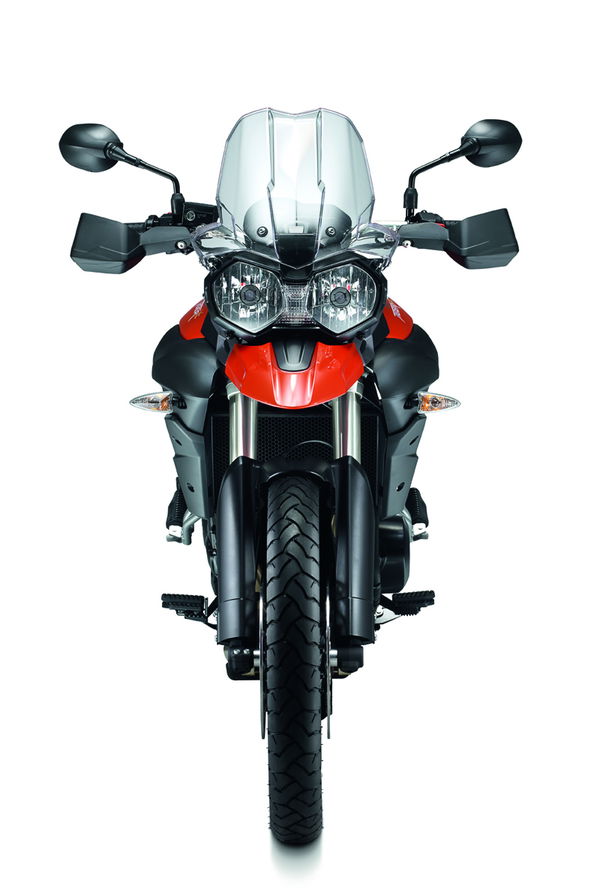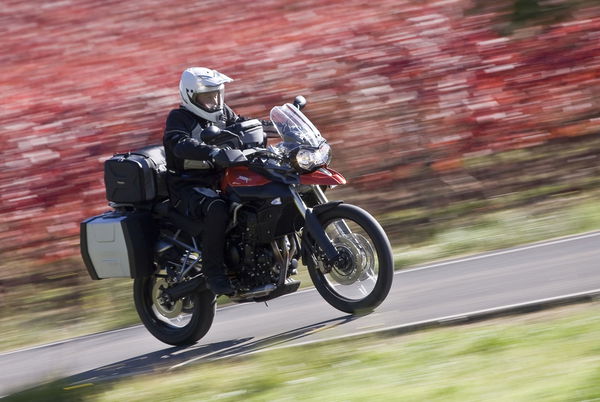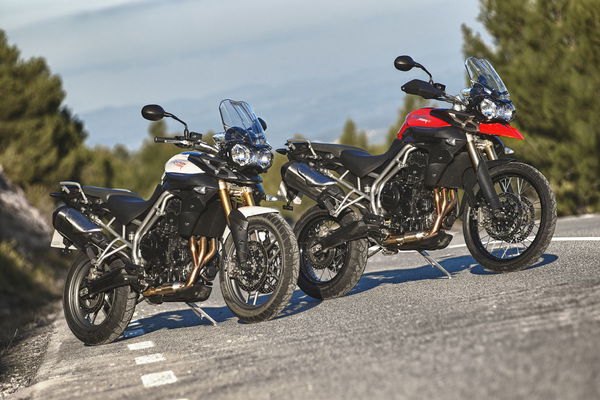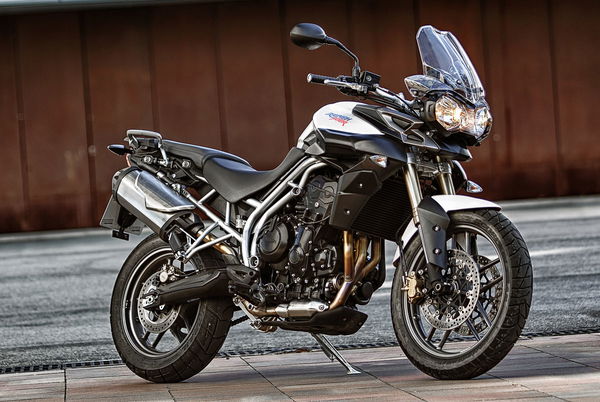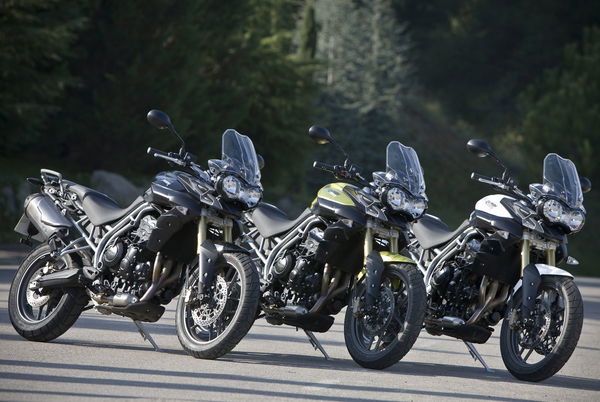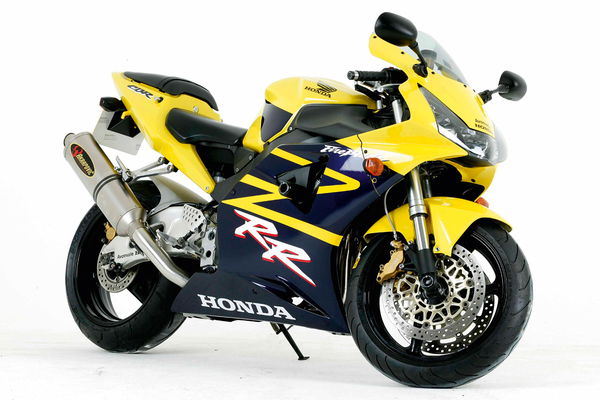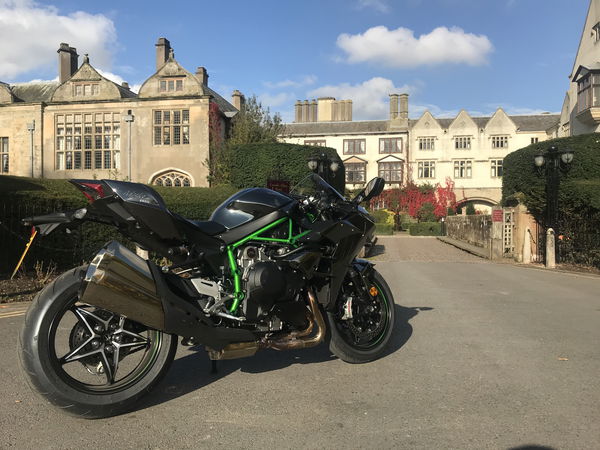Buyers' Guide: Triumph Tiger 800 and XC
The definitive guide to buying Triumph’s adventure-oriented middleweight
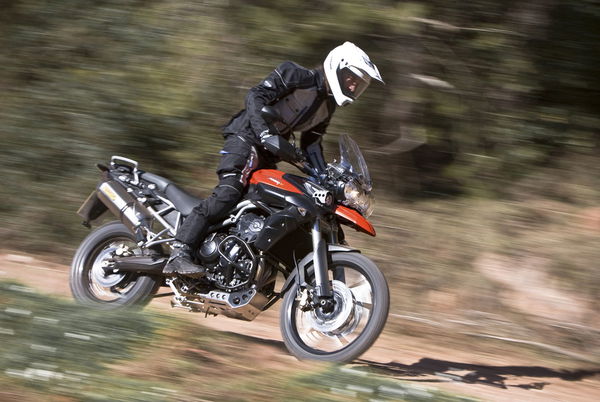

UPDATE: Click here to read Triumph Tiger 800 owner reviews.
WHEN Triumph launched the Tiger 800 and 800XC in November 2010 - taking on the likes of the BMW F800GS - they caught the attention of adventure novices, those who wanted a triple but didn't fancy the big 1050cc Tiger and those looking for a British taste of adventure.
Customers flocked to shake their fistfuls of hard-earned at Triumph and the 800 siblings quickly became the company’s best selling models. Within six months, over 700 units were sold in the UK, then accounting for over a fifth of the Hinckley firm’s total sales. Nearly two and a half years later, it remains a strong seller and has a loyal fan following.
The 800 is the more road-oriented model with a 19-inch front tyre on a cast alloy wheel, while the XC has an off-road bias and sports a 21-inch front tyre wrapped around a spoked alloy wheel, above which is a little beak which has become de rigeur for this kind of bike. Both models use a 17" rear wheel. The XC has longer-travel suspension, wider bars, a slightly longer trail giving it a 13mm longer wheelbase and 35mm higher seat height. At 215 kg, it is also 5 kg heavier than the 800. Both bikes are centred around a smooth, torquey 799cc, 94 bhp, 58 lb-ft engine, a longer-stroke derivation of the Street Triple 675’s well-loved powerplant.
Visordown owner survey
A whopping 129 owners filled in our survey; we thank them for their input. Collectively they’ve travelled over one million miles on their Tigers – that’s a lot of real-world experiences. Here, we’ve distilled their wisdom to bring you the vital information on the 800/XC.
The majority, 52%, of owners own the 2012 model, with the 2011 accounting for the bulk of the rest (38%), but as the Tiger 800/XC has not really changed significantly since its launch, most of our findings are valid across all models. There’s a near even split between ownership of the 800 and the XC, with a slight bias towards the latter – 48.8% and 51.2% - but either way, ABS is a popular choice, with over 72% of Tiger owners opting for it.
The vast majority (73.6%) of our sample bought their Tigers brand new, and a further 22.5% bought bikes with less than 5,000 miles on the clock. But they’ve all been racking up the miles rapidly, with a more than one-quarter of the bikes now sporting between 10,000 and 25,000 miles on their odos; the highest mileage covered was over 35,000 miles.
Tyres
When new, Triumph Tigers wear Pirelli Scorpion Trails (Tiger 800) or Bridgestone Battlewings (Tiger 800XC) with the knobbly option for the XC being Metzeler's Karoo. These brands account for the rubber on 62% of respondents’ bikes. The most common aftermarket tyres fitted are Michelin’s Pilot Road 3 or Anakee 2. Other popular choices are, in descending order, Heidenau K60, Dunlop Trailmax and Roadsmart, Metzeler Tourance, Continental Trail Attack and Full Bore M40.
Fuel economy
Tiger 800/XCs seem to be pretty fuel-efficient machines, with over 91% of surveyed machines returning between 40 and 52 mpg. 45 and 50 mpg were the mostly commonly quoted figures. A further 6% get between 56 and 60 mpg. The graph above shows the miles per gallon breakdowns according to our owners.
Fit and finish
The Tiger 800s seem to be well-built bikes, with an impressive 96.7% of respondents saying that they were happy with its fit and finish. Of the small number who expressed dissatisfaction, it was the bike's engine coating and frame paint that came in for the most flak, with a few instances of corrosion or peeling. That's not to say the Tiger is a perfect motorcycle; it does have its issues, which we reveal on the next page.
DEALER OPINION
I WAS lucky enough to attend the Tiger 800's launch in Barcelona in November 2010. It's a fantastic bike, friendly and fuel efficient. It's been an excellent seller for us, we've sold over 80 bikes. Being London-based we sell more of the road models than the offroad ones.
Customers are always pleasantly surprised to see that the Tiger 800 is not as big as they thought and is so easy to ride. We have two 800s as courtesy bikes and they are very reliable. In May last year one of our customers rode his month-old XC all the way to the factory in Thailand, a 12,000-mile journey over three months, and had no problems other than a leaky fork seal along the way.
As a model, problems have been few and far between. There was an early fuel injection issue which Triumph was quick to solve, and an issue with the clutch lifter arm which was addressed with a service bulletin; Triumph is very quick to react that way. When we get a service bulletin on any model we fix it free of charge.
I think the standard 800 is really good value at £7,500, and we've got the free accessories promotion going on as well. Service intervals are similar to Triumph's other models, with minor and major services alternating every 6,000 miles. The services are a fairly time-consuming job, they can take the better part of a day which does reflect in the labour costs, but we believe in doing an absolutely thorough job.
David Lilley, MD - Jack Lilley Triumph, Ashford, Middlesex


Problems
Being relatively new models, the Tiger 800s are relatively problem-free bikes; over 76% of respondents had experienced no problems at all. But the bike does have its share of glitches.
Engine and fuelling problems account for three-quarters of owner complaints, with suspension and electrical issues making up the bulk of the rest.
Our survey reveals that the most frequently occuring problem is the stepper motor failing or clogging, which causes the Tiger to stall while idling and can cause starting difficulties.
Some owners expressed a poor opinion of the bike's suspension, mentioning problems with the rebound damping, valving and adjustment, in some cases necessitating replacement under warranty.
Another issue that crops up more than once is the engine's tendency to overheat, especially in hot weather, and blow up very hot air from the seat.
A few people have also experienced oil leaks; clunky gear changes and problems with the gear selector; faulty centre stands; and glitches with the alarm and the heated grips. You can see a breakdown of the problems by type in the chart on the right.
Improvements and accessories
The leading items on owners’ wishlists are improved suspension (17.6%), and a better screen (12.7%), followed by a more comfortable seat, revised gearing, and clearer or more comprehensive instrumentation.
Triumph has a list of Tiger 800 accessories the length of my arm, and owners love accessorising their bikes.
More than half of all bikes are fitted with engine bars (65.3%), heated grips (63.6%), a top box (58.5%) and an adjustable screen (53.4%), with panniers, fog lights and an aftermarket exhaust being other common choices.
A centre stand is seen as a key fitment - with many owners saying they wished it was included as standard - and hand guards and mudguard extensions/huggers seem to be must-fit items.
GPS equipment, Scottoilers, soft luggage and bar risers are also popular.
In summary, there are few accessories on that list that owners have not fitted on their Tigers, though not necessarily the official items.
Service intervals and costs
The Tiger 800s need their first service at 500 miles, which mainly consists of an oil and filter change, and owners have reported costs between £50 and £100 for this.
Minor services are due at 6,000 miles, then 18,000 miles, and so on, and cost in the region of £150-£250.
Major services are at 12,000 miles, then 24,000 miles, and so on, and will set you back a rather hefty £350-£500, which a number of owners expressed unhappiness with.
Prices
Triumph currently asks you for £7,400 (ABS model £8,000) if you want to ride out of the showroom on a brand new Tiger 800, or £8,100/£8,700 for an XC. (Up to 30 June 2013, Triumph has an ongoing promotion offer which gives you £700 worth of free accessories with the purchase of a new Tiger 800/XC.)
With the oldest models now still less than two and a half years old, used bikes are not exactly cheap, with Glass’s Guide retail prices starting at £5,900 for a November 2010 Tiger 800 and rising by about £150 for every six months newer the bike is; corresponding figures for the XC are £6,375 and approx. £175 per six months. ABS models (2011 onwards) start at £6,875 / £7,175.
Browsing the classifieds, out of 60 ads we looked at, all but five 800/XCs were priced above £6,000, and interestingly, none at all were on offer privately.
Useful links
Read our Triumph Tiger 800 review and Triumph Tiger 800 XC review, and see our video of the 800XC going offroad.
See how Visordown readers rate the Tiger, or add your own review here: Tiger 800 / 800XC.
Looking for a different bike? We have nearly 50 more motorcycle buyer guides!
Hat-tip to all the Visordown readers, as well as the enthusiastic folks over at the ADVrider and Triumph Rat forums, who responded to our Tiger 800/XC owner survey.
OWNERS SAY...
I chose the Tiger 800 as I had owned a Street Triple for five years and am a big fan of Triumph's triple motor. I took a test ride and knew straight away that the Tiger was my next bike. Living on the Isle of Man, I wanted something that could handle the twisties and the potholes, with the ability to do some touring thrown in. The Tiger 800 (mine's called Tony, cos it's ggggrrreeeat!) ticks all the boxes. I've done lots of laps of the TT course, touring in Wales and England, club meets with the Curvy Riders and really enjoyed the comfort combined with the whistle and roar of that fantastic triple engine. The build quality is good, it goes, it stops, it handles well and it's not too thirsty. I've had great service from Jason Griffiths, my local Triumph dealer and former TT racer. I can't say there's been a moment's regret in the eight months I've owned my Tiger 800.
Emma Morter
Read more owners' opinions of their Tiger 800/XCs.

